What the Heck are 'Abiogenesis' and 'Prebiotic Evolution'? How Much is Known About the Origins of Life?
Perhaps you've heard before that there's a greater chance of a tornado sweeping through a junkyard and assembling a fully working 747 airliner than there is of even a simple micro-organism spontaneously forming one day by chance.
Indeed that's true. Single celled organisms, be they plant cells, human cells, amoebas or paramecia, are staggeringly complicated. It is understandable why anybody would look at the insides of one and conclude, without a doubt, that there is no way such a thing could simply "come together" one day by itself.
However, no biologist alive believes that it did. If this comes as a surprise to you, odds are good it's because you believe single cells are the smallest indivisible unit of life, and have never before heard the term "pre-biotic evolution".
Perhaps you've felt overwhelmed by the complexity of some problem before, throwing your hands up and declaring it impossible. But then you sub-divided that problem into smaller, easier steps. The modern animal cell, in all its unfathomable complexity, also formed by a series of smaller, easier steps.
It is helpful to know that DNA as we know it today did not exist from the start. You don't need a complete DNA double helix for it to self-replicate. RNA manages the same feat with only a single helix:
So, why isn't life RNA based? Some viruses, for example, are RNA based. The RNA world hypothesis (as there so far exists no way to test it, so it cannot become a theory) holds that complex life evolved to preferentially use DNA over RNA because by comparison to DNA, RNA is less stable and has less potent catalytic properties.
Because DNA more reliably held together and self-replicated with fewer serious errors, it gradually dominated the oceans of ancient Earth. Supposedly, anyways. What we can say for sure is that RNA still exists and demonstrates that a less complete form of DNA can still self-replicate.
In fact, you can simplify it all the way down to an individual peptide, and it still self-replicates. Not an ordinary peptide straight out of human DNA as it is dependent on the larger structure of DNA to do the copying, but there is a type of peptide that performs that process for itself.
So, what is the simplest possible molecule that can make copies of itself? Nobody knows. It should be possible to mathematically predict, and we can confirm whether it works by manually assembling one. But of course this won't satisfy certain people as humans still had to do the assembling.
This is part of what makes the science of abiogenesis more rudimentary and less certain than evolution. If you select for your experiment a species of microorganisms that live, reproduce and die extremely quickly, they evolve fast enough to observe in real-time, with the naked eye. I showed an example of that in this article.
We cannot do that for prebiotic evolution or abiogenesis because it's not a single mutation we're trying to observe, but a long string of many, many, many mutations building on each other. What we have been able to do is observe the individual, small steps in the process happening on their own.
One example is the formation of the cellular membrane. The membrane of the modern plant or animal cell is made out of a bilayer of lipids. Bilayer is like a sheet with two attached layers, and lipids are just fat molecules.
Now, fat molecules have many interesting properties. One of them is that they are hydrophobic (water repellant) on one end, but hydrophilic (water attracting) on the other end. This means that for simple chemical reasons, when they coat the surface of a bubble for example, they self-orient with the hydrophobic end pointing into the bubble, and the hydrophilic end pointing outwards.
When they completely coat a bubble (as in a liquid saturated with a gas) they form a shell of lipids called a vesicle. Once bonded, even after the gas escapes, the spherical lipid shell holds its shape. Any trapped lipids inside the vesicle self-orient in the opposite direction as it's now full of fluid. This forms the second layer.
Such an enclosure makes a very useful shelter for simple chemical replicators, as if they become trapped inside, they are insulated from a chaotic outside environment and can self-replicate without disruption.
Mitochondria became trapped inside at some point, entering into a symbiotic relationship with the rest of the cell. Mitochondria are actually their own, originally independent single-celled organisms with their own DNA. To them, cells are like houses.
If you're interested in how the features of mobile single celled organisms evolved, such as the bacterial flagellum, that's briefly discussed in this article. That's not the whole story of course, modern cells include a great deal more than just DNA, a membrane and mitochondria.
We've reached the limits of my knowledge on this subject though. I want to say "that's all that is currently known about abiogenesis and pre-biotic evolution" but it's an all too common mistake to assume that because one does not know something, that it is unknown to science, rather than just to that person. Probably there's been a great many advances in this field since last I checked.
However, I would like to discuss one of the landmark experiments in the early history of abiogenesis research. The famous Miller Urey experiment, named for Stanley Miller and Harold Urey who designed the experiment and carried it out.
The experiment was intended to re-create the conditions in the ocean of early Earth according to the best information available at the time. It did in fact convert inorganic molecules into organic ones, but (seemingly) only five of the organic molecules needed for life.
However, vials of the solution from the original experiment were left sitting until 2008. When analyzed with modern equipment it was discovered that in fact, 22 organic molecules had been produced, including the 20 needed by life. There was still a problem however.
Improved understanding of the forces that shaped the Earth, more recently recovered geological samples and a variety of other data proved that the early Earth conditions used in the Miller-Urey were inaccurate. The gases he used in the experiment, methane and ammonia, did not exist in significant amounts on early Earth.
Miller repeated the experiment using the new conditions, this time an inert mixture of carbon dioxide and nitrogen...and the result was a watery brown soup with no amino acids.
Oh no! Abiogenesis discredited forever! That's certainly how creationists reacted to this news. If you only read about this sort of research from creationist sources, odds are good this is the only part of the story they've told you.
A chemist named Jeffrey Bada who studied under Miller repeated the experiment for himself and discovered the reason why it didn't produce amino acids: The formation of nitrites, which prevent amino acids from forming. Early Earth would have included iron and carbonate minerals which neutralize nitrites, a factor Miller had not accounted for.
When Bada repeated the experiment with the inclusion of these minerals, he got the same dull looking brown soup that Miller did...but jam packed with amino acids! It didn't have to be that way. It could easily have been the case that arriving at the correct mixture would yield no organic chemistry at all, as it appeared to once.
But Miller was not afraid to be wrong. He did not cling to his initial findings when he found out that he'd been mistaken about the gases available on early Earth. He corrected his experiment, and dutifully reported the disappointing outcome.
A good scientist does not ever believe he holds the final truth with a capital T, just (temporarily) believes whatever appears to be true in light of all the currently available evidence. Miller did not set about compiling book after book of apologetics in defense of his hypothesis. That's what you do when you want to defend a falsehood in an organized, efficacious way for as long as possible.
He did not prop up his hypothesis in this way. When it appeared to be false based on the information available then, he allowed it to be. Only when new information relevant to his hypothesis appeared was the experiment revisited, and Miller was ultimately vindicated.
None of this typically factors into the consideration of somebody who believes abiogenesis is impossible. By their own descriptions of why they believe that, often they can't get over the notion that molecules just attach to one another by themselves. Having apparently never heard of covalent bonding, how vesicles form out of lipids, or any of the other myriad reactions known to produce an increase in molecular complexity.
It is possible to arrive at a totally wrong conclusion by absolutely valid reasoning, if you started with a false premise. Miller and Urey did this the first time, producing all the organic molecules necessary for life, but with incorrect gas mixture.
Likewise, many who reject abiogenesis do so based on reasoning that is not informed by an accurate understanding of what abiogenesis entails, that prebiotic evolution is even a thing, and often have been fed carefully curated, incomplete snippets of information about the topic by people who want them to reject abiogenesis for religious reasons.
This is also why such people often mistakenly lump abiogenesis into evolution as if they are the same thing. If life was indeed created by an intelligence but then allowed to evolve, then evolution would be true but abiogenesis would not. This alone should explain why the two are extricable from one another and have never been one in the same.
Abiogenesis is a much newer and less established field than evolution. It is much easier to mount an attack on, and if you treat them as the same thing (because what you're really attacking is the naturalistic explanation of origins) then you can attack abiogenesis and damage evolution by association.
The most popular competing, non-naturalistic explanation (for reference) is that an elderly Jewish goat herder named Abraham saw a burning bush which was in fact the mouthpiece of Yahweh, creator of the universe.
Yahweh is said to be specifically male, one of the two human genders, despite being lord over all life in the universe. He finds the aroma of burning animal flesh pleasurable, desires that women never hold any position of instruction over men, and is disgusted by homosexuality.
Anyways, Yahweh told Abraham to murder his son. However when he was about to do it, Yahweh told Abraham it would be fine to spare his son's life, if instead Abraham cut off part of his penis and persuaded everybody else in his tribe to cut their penises in the same way.
It bears mentioning that all of this took place in an era with no understanding of what schizophrenia was, or mental illness in general. Psychedelic substances were also viewed as conduits to the divine rather than natural hallucinogens which simply alter brain activity.
Yahweh then revealed that the Earth and all life upon it had been created over a six day period. According to this account, the Earth was created before the sun or any other stars existed. The sun was created before all other stars. Birds were created before land animals, despite having evolved from them according to genetic analysis and the fossil record.
To those who find this story perfectly sensible and easy to believe, but abiogenesis far-fetched and absurd, that's your business. It's a free country after all. I do have additional reading material to recommend, however. I can't promise you won't find some of it objectionable, but I can promise it will be an interesting journey:
https://steemit.com/religion/@alexbeyman/diagram-of-a-memetic-virus
https://steemit.com/scams/@alexbeyman/don-t-get-tricked-bro-how-to-recognize-a-cult
https://steemit.com/religion/@alexbeyman/jesus-predicted-a-first-century-return-that-did-not-occur
https://steemit.com/religion/@alexbeyman/is-evolution-really-compatible-with-christianity
https://steemit.com/religion/@alexbeyman/to-christians-who-accept-evolution-is-nature-obviously-the-work-of-an-intelligent-designer-the-authors-of-the-bible-apparently
https://steemit.com/science/@alexbeyman/substance-dualism-the-creationism-of-the-21st-century
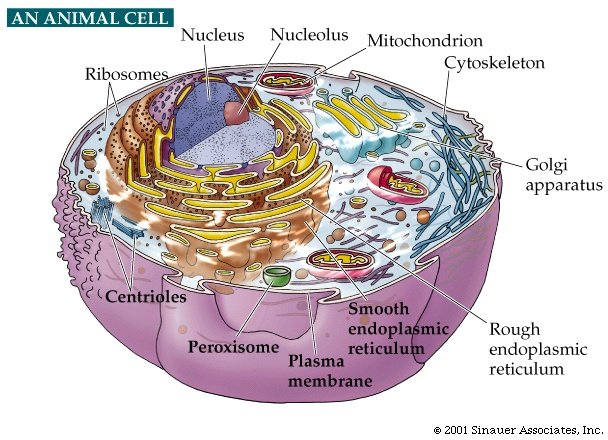
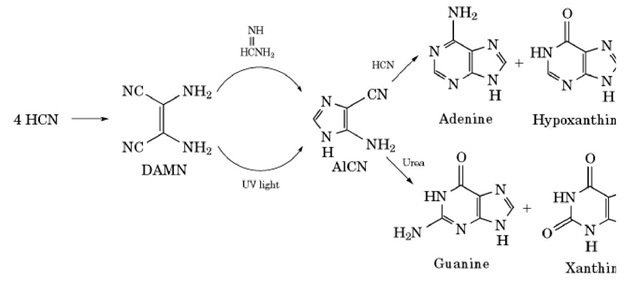
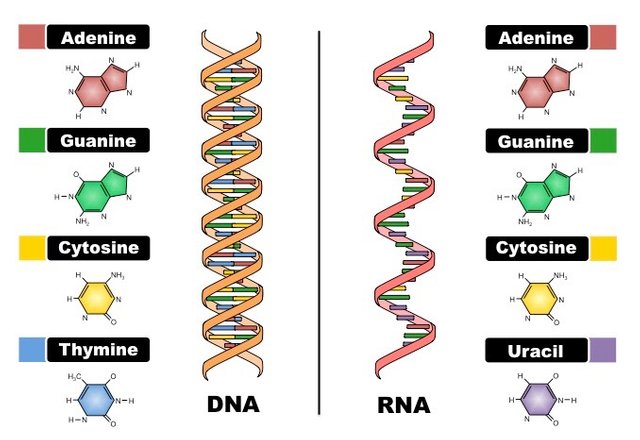
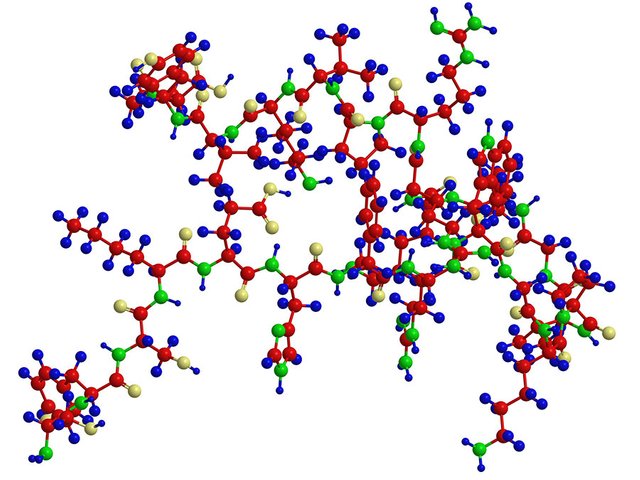
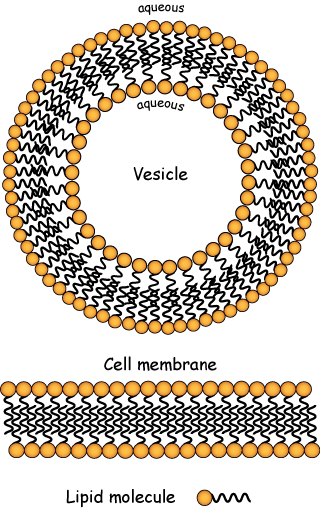
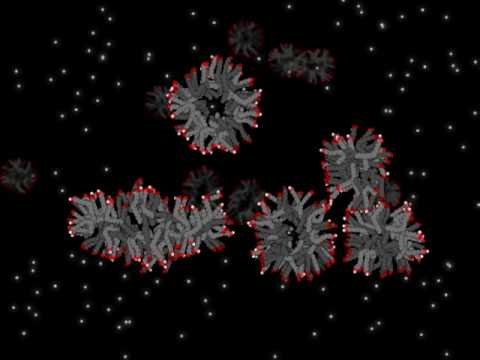
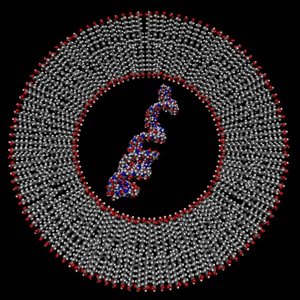
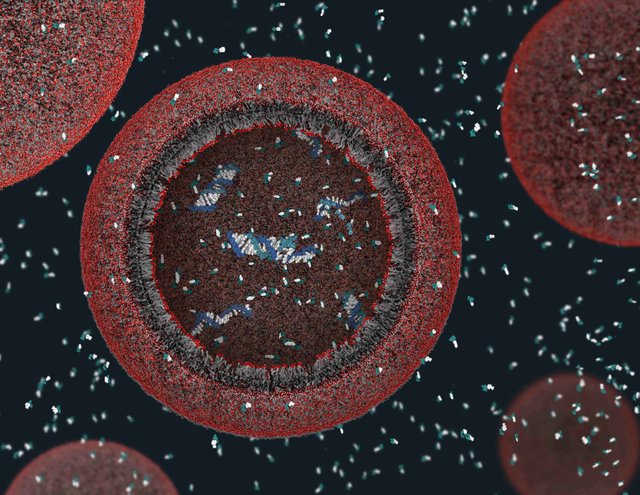
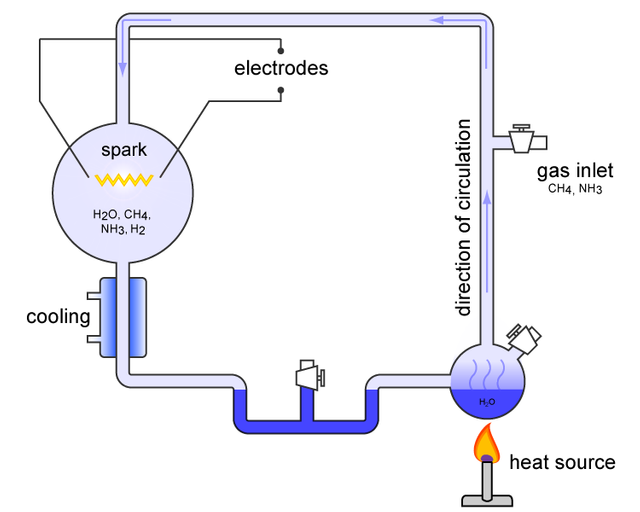
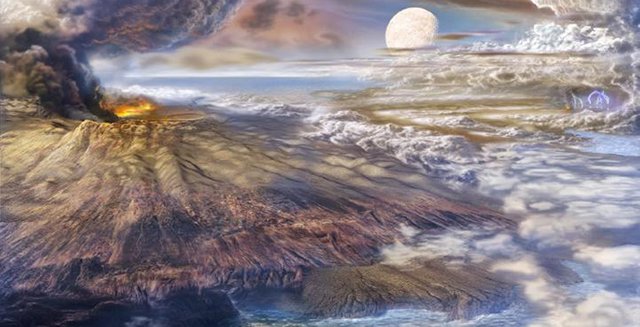
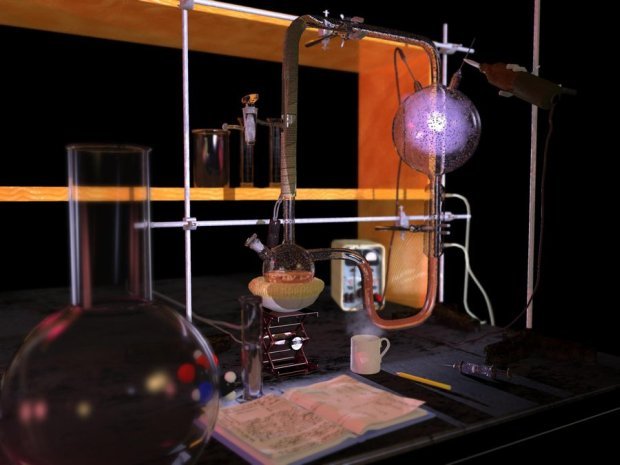
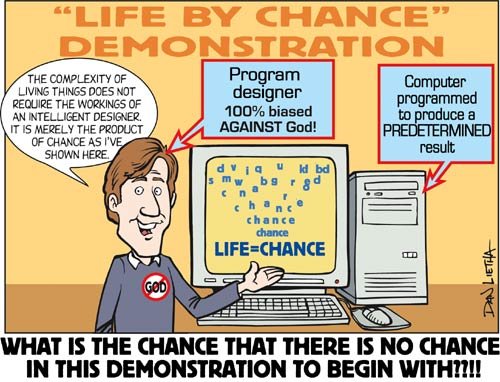

This was an absolutely fantastic article. Exactly the type of content I like to see on science. Snagged my follow.
The ability and function of simply nucleic acids in an aqueous environment is astounding - especially when simple lipids come into the equation. Really highlights the plethora of possibilities single cellular life could have emerged.
I am working in the Synthetic Biology feild and I have seen DNA first-hand self assemble into complex nano and micro structures. DNA can be synthesized very cheaply and accurately - making designing nanostructures with DNA a very attractive area of nanotechnology.
Some assorted papers are shown below regarding this work.
SciHub if you don't have academic paper access.
https://www.nature.com/articles/s41598-017-01348-5
https://www.nature.com/ncomms/2017/170320/ncomms14784/full/ncomms14784.html
https://www.ncbi.nlm.nih.gov/pubmed/26409777 <<< this is a fantastic paper about using DNA nanostructures as drug delivery vehicles.
You know, in the 1960s the popular vision of the future was that we'd all live in space colonies. Because the big exciting thing going on at the time was the space race. They were totally blindsided by computers and the internet.
Then in the 1990s, the popular vision of the future was cyberpunk, because the big exciting things going on were the internet and VR. It has come true to a much greater degree than the 1960s future, but still, I think we're in for an equally big shock.
What will blindside our generation is biotech. I think it will make unexpected leaps and bounds the same way computing and the internet did in the 80s and 90s.
Maybe there won't be many cyborgs in the future just because we can grow a replacement limb more easily than surgically attaching a robotic one, and most people will prefer the biological replacement. That sort of thing.
As someone intimate with the feild, especially the really crazy stuff, you are very right.
We have been waiting and waiting for a lot of the tech to catch up - now that it is here and we have the computer science to tackle the data; we are in for a wild ride.
I'm very pleased to read this great report.
This makes my confidence to this project even bigger. Very soon I may quit my present job, and devote my full time to blogging here.
In case someone wants to hear some time to time insights from an old (63) IT & crypto addicted man = it's easy. Just...follow me :)